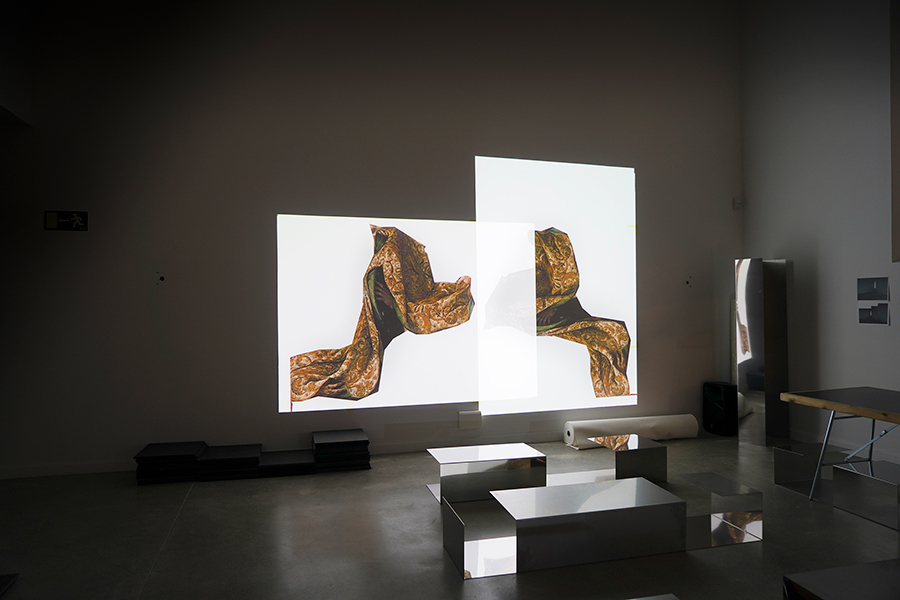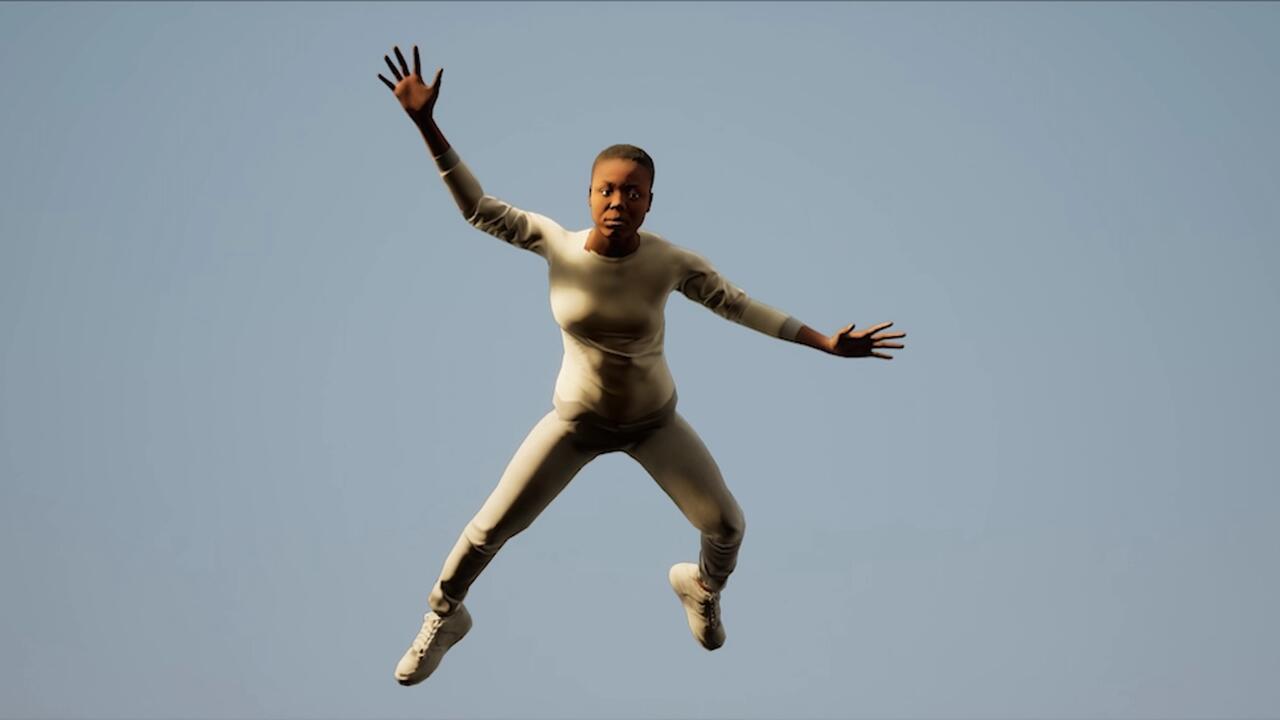Cybernetics of the Poor
At Tabakalera, San Sebastián, 24 artists reflect on the algorithms that rule the world
At Tabakalera, San Sebastián, 24 artists reflect on the algorithms that rule the world

Once the realm of conspiratorial think-tanks and science fiction, cybernetics has become banal. Algorithms regulate nearly every aspect of our lives, from the global economy to our no-longer-private habits. Curated by Diedrich Diederichsen and Oier Etxeberria, ‘Cybernetics of the Poor: Tutorials, Exercises and Scores’ features 24 artists whose work applies pressure and parasitic ingenuity to the cybernetic systems which govern the world.
At the entrance to the exhibition space is Assembly (Cybernetics of the Poor) (2020) by Brussels-based collective Agency. Moonlighting as a courthouse archive, the work presents a series of case studies from a variety of copyright lawsuits levelled against fan-made products: guidebooks to Harry Potter (1997–2007) and Twin Peaks (1990–91); an X-rated parody of Star Wars (1977–2019); a cassette tape hijacking the sound-activated capabilities of a talking teddy bear. As the details of each court case are revealed, the odd humour of the display gives way to grim market realities, in which even the fantasy worlds of fictional characters are subject to ruthless corporate legislation.

The south wing of the gallery focuses on works that hotwire familiar topics – art history, pop psychology, television commercials – to humorous and perverse effect. Mike Kelley’s two-part video installation, Test Room Containing Multiple Stimuli … and A Dance Incorporating Movements … (both 1999), introduces Martha Graham-inspired dancers and a host of other performers into a human-scale replica of the test environment used in American psychologist Harry F. Harlow’s infamous social-isolation experiments on rhesus monkeys. Harlow’s objects become props in a libidinal variety show, veering between the dancers’ idealized elegance and the inexplicable violence perpetrated by the other ‘subjects’. In Pedro G. Romero’s video Arquitectura prematura / Archivo F.X. / La ciudad vacía / Comunidad (Premature Architecture / Archive F.X. / The Empty City / Community, 2005), a virtuosic flamenco dancer cavorts his way through the rooms of a social-housing apartment on the outskirts of Barcelona, his rapid, piston-like movements seamlessly incorporating items of furniture into his choreography.

The gallery’s north wing homes in on the aesthetic potential of codes and protocols. Here, musical scores take diverse forms: wild arrays of paint and notation by free-jazz innovator Anthony Braxton, for instance, hang alongside Alex Mendizabal’s For Orchestra (1987), a set of handwritten instructions that offer hallucinatory prompts such as ‘Fire will play the instruments. Fire will be the score.’
Hanne Darboven’s Theatre (1985) hangs near the end of this section. The artist’s wavy scrawl appears in pencil across the grid of a calendar, collapsing the timescale of day/week/month into minute rhythms of her polygraph-like marks. Intended for a kindergarten classroom, the calendar has a colourful ‘night at the theatre’ motif, with the days of the week positioned like set pieces beneath an ornate proscenium. Flanking the stage are the cartoon characters Tom and Jerry (1940–65) and Pumuckl (1965–91), a rakish German sprite known for his amoral mischief-making. Framed as a cabaret act, Darboven’s zen-like gesture takes on a deadpan, existential tone.

Luke Fowler’s film Pilgrimage from Scattered Points (2006) recounts the history of composer Cornelius Cardew’s Scratch Orchestra of the late 1960s and ’70s. An experiment in non-hierarchical musical production, the orchestra interpreted scores through a variety of ‘activities’ (not necessarily sound-producing ones) by professional and amateur musicians alike. In the film, Cardew’s cohorts recollect Scratch Orchestra performances with a mixture of frustration and bewilderment, seeming less like musicians and more like frazzled spectators of some incomprehensible event. While the success of Cardew’s venture may remain up for debate, its ethos is one which runs throughout ‘Cybernetics of the Poor’. Somewhere amidst that controlled anarchy, a small miracle occurred: power evaporated.
‘Cybernetics of the Poor’ is on view at Tabakalera, San Sebastián, until 23 August 2020.
Main Image: Camila Sposati, Phonosophia, 2020, installation view, ‘Cybernetics of the Poor’, Tabakalera, San Sebastián. Photograph: Mikel Eskauriaza






















